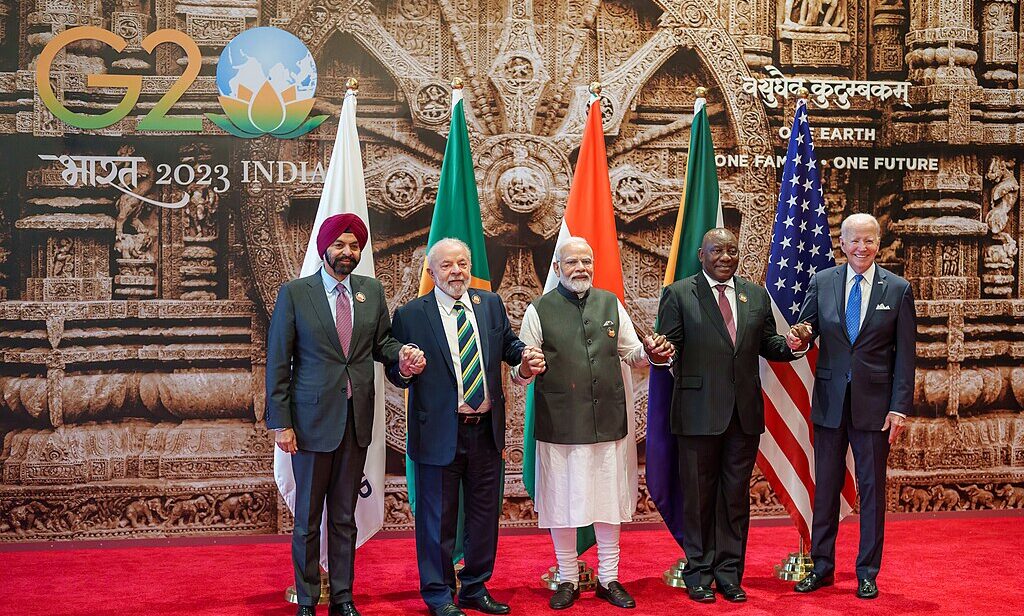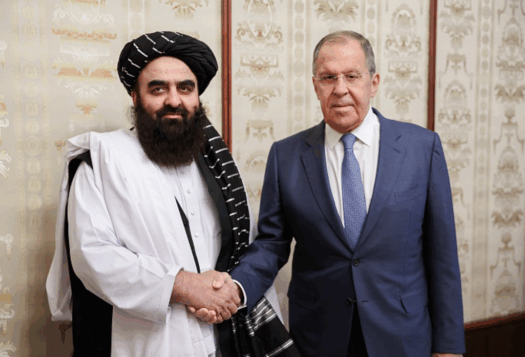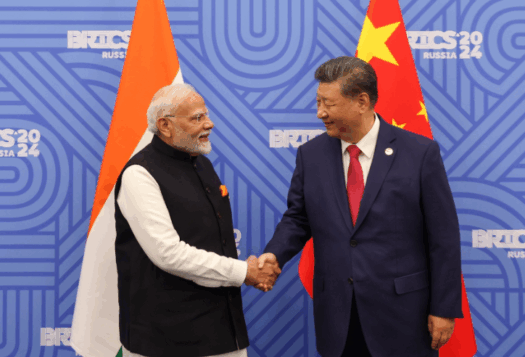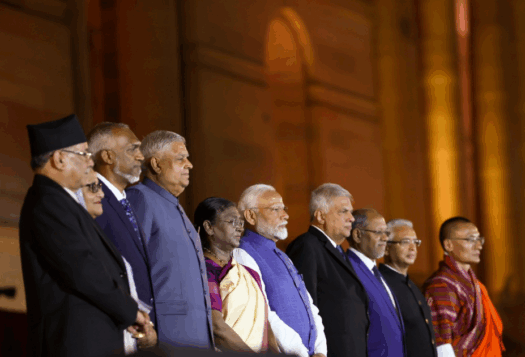
The theme of this year’s G20 summit held in New Delhi was ‘Vasudhaiva Kutumbakam’ a Sanskrit word which translates to ‘One Earth, One Family, One Future’. Originating from the Hindu text Maha Upanishad, this concept promotes global unity, urging nations to cooperate and share responsibility for the collective well-being of humanity. While the phrase was kept as a theme for the summit, it was not adopted into the official G20 language due to China’s objection, which cited the absence of Sanskrit as an official UN language. In response, India decided to replace the phrase with its English translation. This strategic move by India might have been driven by the understanding that key deliberations within the G20, particularly those whose projects are funded by the China Development Bank (CDB), necessitate Beijing’s participation.
It seems as though China is uneasy about India making substantial contributions on the global stage, viewing it as an obstacle and a potential challenge to its regional supremacy.
Cultivating Discourse Power
Before aspiring to global dominance, a nation typically seeks regional hegemony. It seems as though China is uneasy about India making substantial contributions on the global stage, viewing it as an obstacle and a potential challenge to its regional supremacy. For instance, China’s President Xi Jinping skipped the G-20 Summit in New Delhi and provided no reason for his absence, unlike his Russian counterpart. In response, India is navigating a diplomatic course that balances its global aspirations with regional stability vis-à-vis China.
China’s opposition to India primarily stems from China’s concentrated efforts over the past few years in cultivating what is known as ‘huayuquan’ or ‘discourse power.‘ This strategic emphasis on shaping narratives and communication tools has been a priority since Xi Jinping assumed the position of General Secretary in late 2012. Within his first year in power, Xi set the tone for a more nimble, innovative, and combative propaganda approach. He acknowledged China’s weakness in comparison to the West in the public opinion domain and he underscored the need to ‘make the voice of China heard’. This effort of the leadership to craft and guide the development of the Party’s voice as China’s unique voice, and the quest for it not just to be heard internationally but also to influence and shape governance norms and values, underpins the concept of huayuquan. They believe it to be crucial for building the foundations necessary to wield discourse power effectively.
Analyzing Xi Jinping’s Speech on the CCP’s 100th Anniversary
Part of China’s effort to build its narrative is a deliberate erasure of its violent past. Xi Jinping’s address in July on the 100th anniversary of the Communist Party’s establishment projects is a clear vision of the incumbent Chinese government. Xi presented a vision for China’s future that blended self-praise, a sense of triumph, and assertiveness. He dedicated a significant portion of his speech to reinterpret historical events, presenting a more unified narrative of China’s past than reality suggests over its supposed 5,000 years. In his narrative, movements like the Taiping Rebellion and the Boxer Rebellion were recast as patriotic efforts against foreign influences, downplaying the original motivations of these events, such as government repression of opportunities and religious freedom.

Xi’s version of China’s history omits the complex issues that drove these historical moments, turning them into heroic predecessors of the Chinese Communist Party (CCP) in their fight against external threats. Xi’s speech also creates fundamental social conditions for the CCP to realize national rejuvenation, a strategic plan by Xi Jinping for achieving lasting greatness for the Chinese nation. In brief, Xi’s address likely targeted internal cohesion, securing the enduring dominance of the ruling party, and bolstering China’s influence on the global discourse power, reshaping and interpreting its history in alignment with the Party’s narrative.
Tools of Propagation
In order to spread Chinese discourse power effectively, Xi accorded public opinion work the highest priority, with a specific focus on online media. In 2018, a major reform of state institutions expanded the Party’s control over the propaganda machinery. A decision was made to consolidate the three major state-run television and radio broadcasters to establish a new platform called Voice of China. There has been a systematic effort by Beijing to expand investments in media outlets around the world, cultivate strategic partnerships, place inserts and advertorials in foreign publications, empower its embassies and diplomats to push China’s message in local and social media, and invite foreign journalists for training and government-funded junkets in return for publicizing Chinese perspectives.
Amidst the intricate weave of global dynamics, the collision between China’s historical narratives and India’s cultural ethos, as vividly demonstrated by the episode surrounding ‘Vasudhaiva Kutumbakam’, brings to light the interplay of diplomacy and perception.
Crafting the Diplomatic Narrative
There was disagreement over including the term MAHARISHI (Millets and Other Ancient Grains International Research Initiative), a millet initiative by India, in the G20 documents. Despite its inclusion in the G20 Meeting of Agricultural Chief Scientists (MACS) outcome document in April, 2023, Beijing’s negotiators pointed out that Maharishi means ‘sage’ in Sanskrit, and is a roundabout way of including a Sanskrit term in the joint communique. Consequently, the term was omitted from the chair’s summary released after the G20 Agriculture Ministers’ meeting in June, 2023.
The incorporation of ‘Vasudhaiva Kutumbakam’ into G20 documents would not only foster a positive image of India, but would also expand India’s soft power, positioning the country as a promoter of unity and cooperation on the world stage. Amidst the intricate weave of global dynamics, the collision between China’s historical narratives and India’s cultural ethos, as vividly demonstrated by the episode surrounding ‘Vasudhaiva Kutumbakam’, brings to light the interplay of diplomacy and perception. As these two nations tread their paths on the global stage, delving into the subtleties of their interests and bettering mutual understanding through candid dialogue can usher in sincere collaboration.
Also Read: India-China Relations: The End of Hope for an Asian Century
***
Image 1: World leaders posing for a picture during the G20 summit via Wikimedia Commons
Image 2: Narendra Modi with Xi Jinping via Wikimedia Commons


